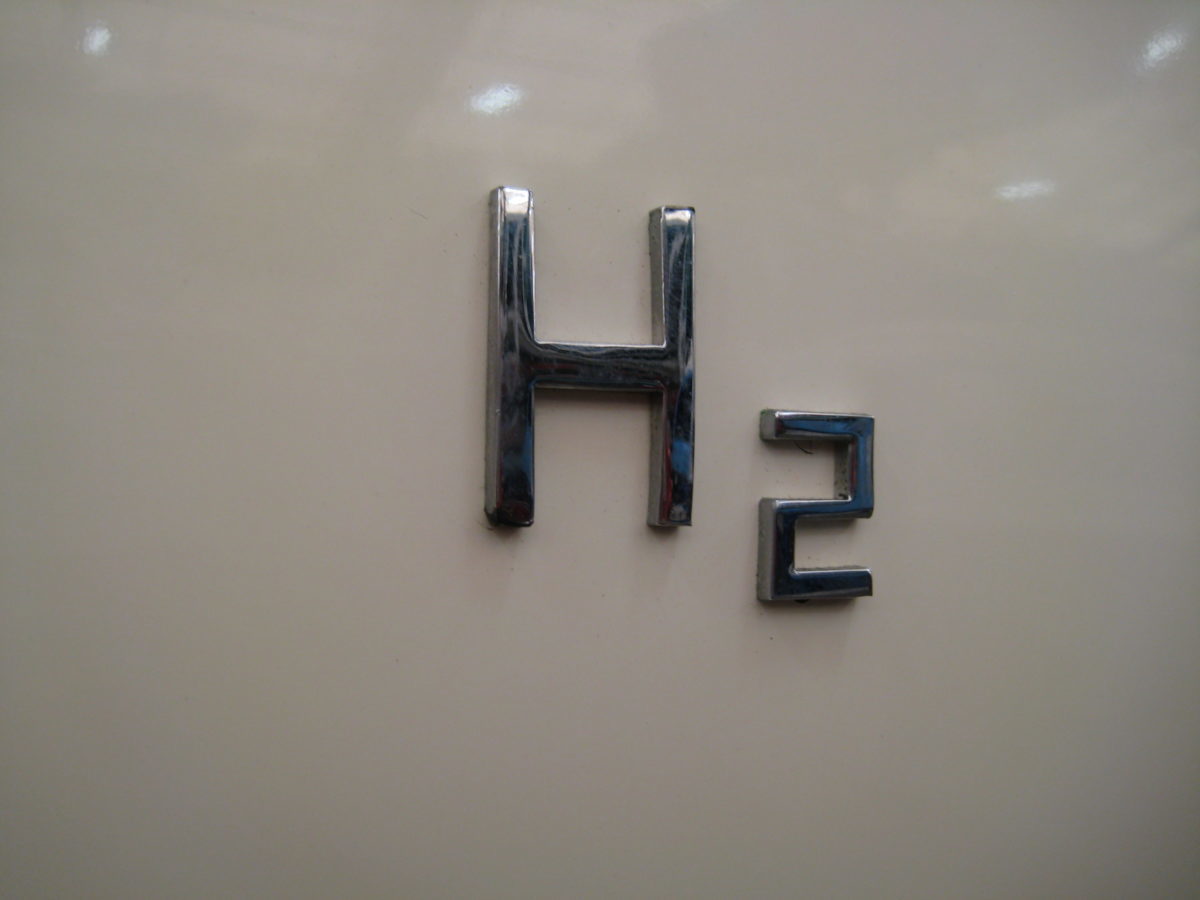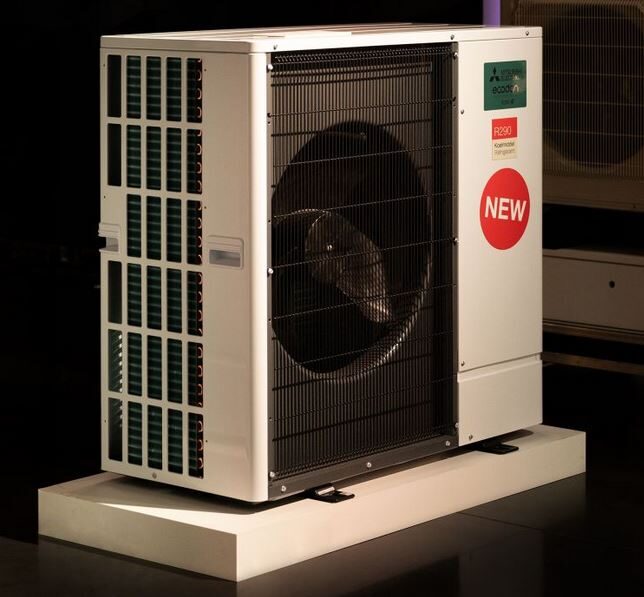Researchers at Swiss federal technology institute ETH Zurich have investigated the potential advantages of integrating power-to-hydrogen technology in ‘multi-energy systems' – coordinated networks in which power, heat, cooling, fuels and transport interact.
The Eidgenössische Technische Hochschule Zürich group, said power-to-hydrogen is particularly promising for coupling electricity and heating demand and offsetting seasonal variations in renewable energy generation. The researchers also noted one of the barriers to successful multi-energy systems (MES') is coupling the dynamic operation of short and long-term energy storage systems.
With that in mind, said the group: “To provide more robust and reliable MES design, it is important to take into account parameter uncertainty rather than deterministically describing each parameter with one value.”
The researchers used an uncertainty characterization, or uncertainty model – a probability distribution tool to characterize uncertainties in data. The model is used to understand how likely certain outcomes will be if some aspects of a system are not known exactly. “The main novelty of this contribution is that the whole set of uncertain economic, technology and context input-parameters – and various climate-referenced districts – are considered, to answer the question: Which factors lead to the inclusion of PtH2 [power-to-hydrogen] to the optimal configuration of district MES'?” stated the ETH Zurich group.
The team evaluated four European reference districts within a mixed-integer linear program optimization model – used to assess large, complex problems. The reference districts were in the European ‘Köppen-Geiger‘ climate zones, which include warm Mediterranean; temperate oceanic; temperate continental/humid continental; and cool continental/sub-arctic regions. System costs and CO2 emissions for each of the districts were considered. “Overall, costs and CO2 emissions are such that decreasing the former implies increasing the latter,” said the researchers.
The multi-energy system modeled involved a centralized energy district in which energy is converted and stored at one point and then delivered to end-users. Nine technologies were modeled including solar; and wind power; power-to-hydrogen; lithium-ion battery storage; electric-powered air-source heat pumps; natural gas boilers; and hot water thermal storage.
“The PtH2 system consists of a proton-exchange membrane electrolyzer (PEMEC) converting electricity into H2 [hydrogen] a PEM [proton-exchange membrane] fuel cell (PEMFC) re-converting H2 into electricity and heat, and a pressurized H2 storage tank (H2St) that decouples H2 production and consumption,” wrote the authors of the study.
The analysis showed district multi-energy systems can only achieve zero operational CO2 emissions with seasonal use of power-to-hydrogen, as a ‘last-mile’, 5-10% emissions-reduction technology, with the use of such a system raising costs. The technology is particularly important in districts with high ratios of seasonal thermal-to-electrical demand, where it can help offset long-term mismatches between renewable energy output and demand, according to the ETH Zurich study.
To hit net-zero emissions, renewables would have to offer a 50-90% self-consumption rate, with power-to-hydrogen mainly used to meet peak winter loads and providing around 5% of the annual energy demand of the multi-energy system.
“Complementary to power-to-hydrogen implementation in districts with high thermal-to-electrical load ratio, batteries are found to play an important role through contributing to the majority of system costs albeit to a maximum of 2% of annual energy demands,” the researchers added. “Between districts, the power-to-hydrogen system provides a higher contribution to annual net electric demands (3-8%) than thermal demands (3-4%).”
The multi-energy system modeling was presented in the paper Power-to-hydrogen as seasonal energy storage: an uncertainty analysis for optimal design of low-carbon multi-energy systems, published in Applied Energy.
This content is protected by copyright and may not be reused. If you want to cooperate with us and would like to reuse some of our content, please contact: editors@pv-magazine.com.




2 comments
By submitting this form you agree to pv magazine using your data for the purposes of publishing your comment.
Your personal data will only be disclosed or otherwise transmitted to third parties for the purposes of spam filtering or if this is necessary for technical maintenance of the website. Any other transfer to third parties will not take place unless this is justified on the basis of applicable data protection regulations or if pv magazine is legally obliged to do so.
You may revoke this consent at any time with effect for the future, in which case your personal data will be deleted immediately. Otherwise, your data will be deleted if pv magazine has processed your request or the purpose of data storage is fulfilled.
Further information on data privacy can be found in our Data Protection Policy.